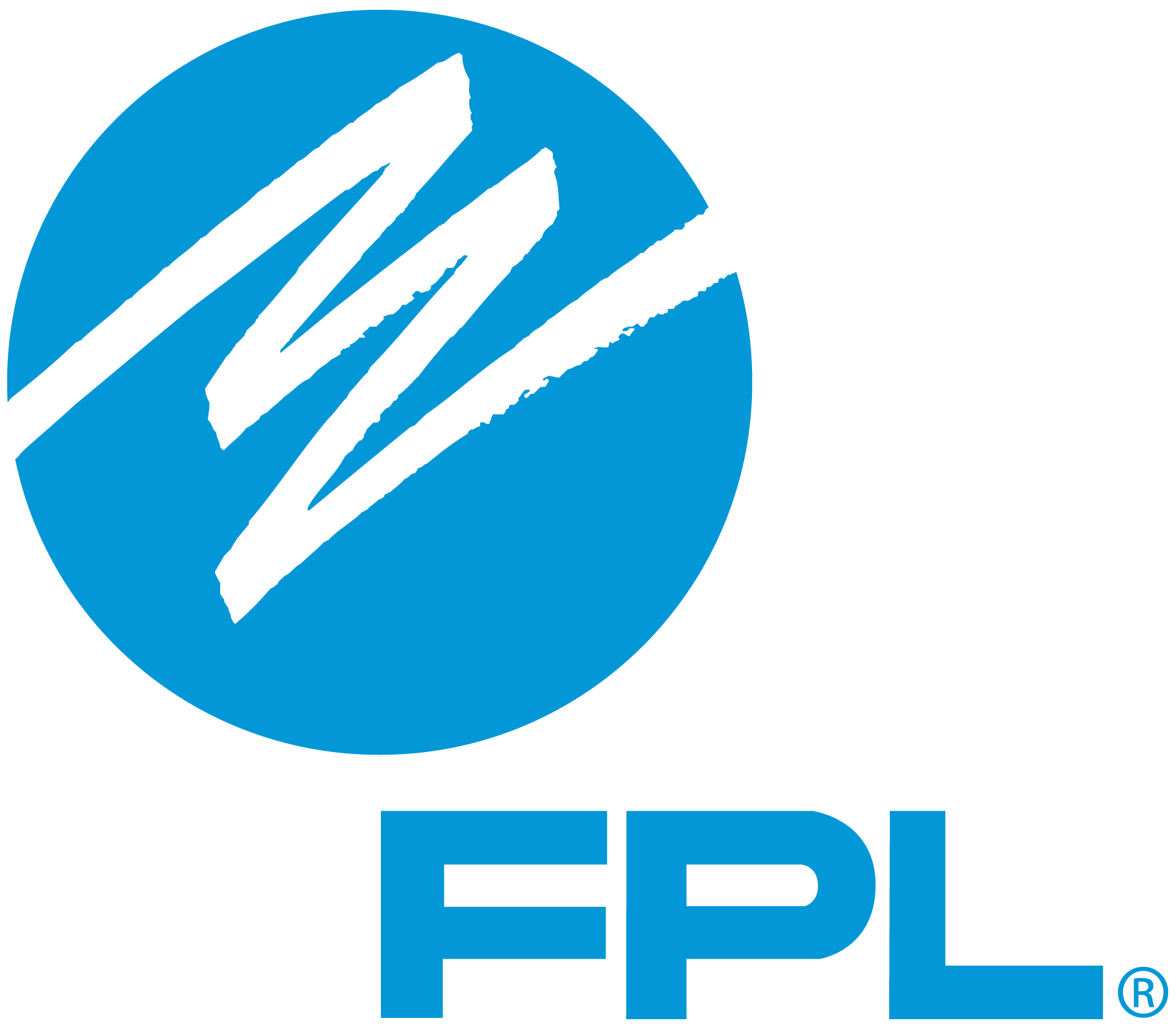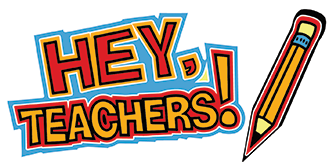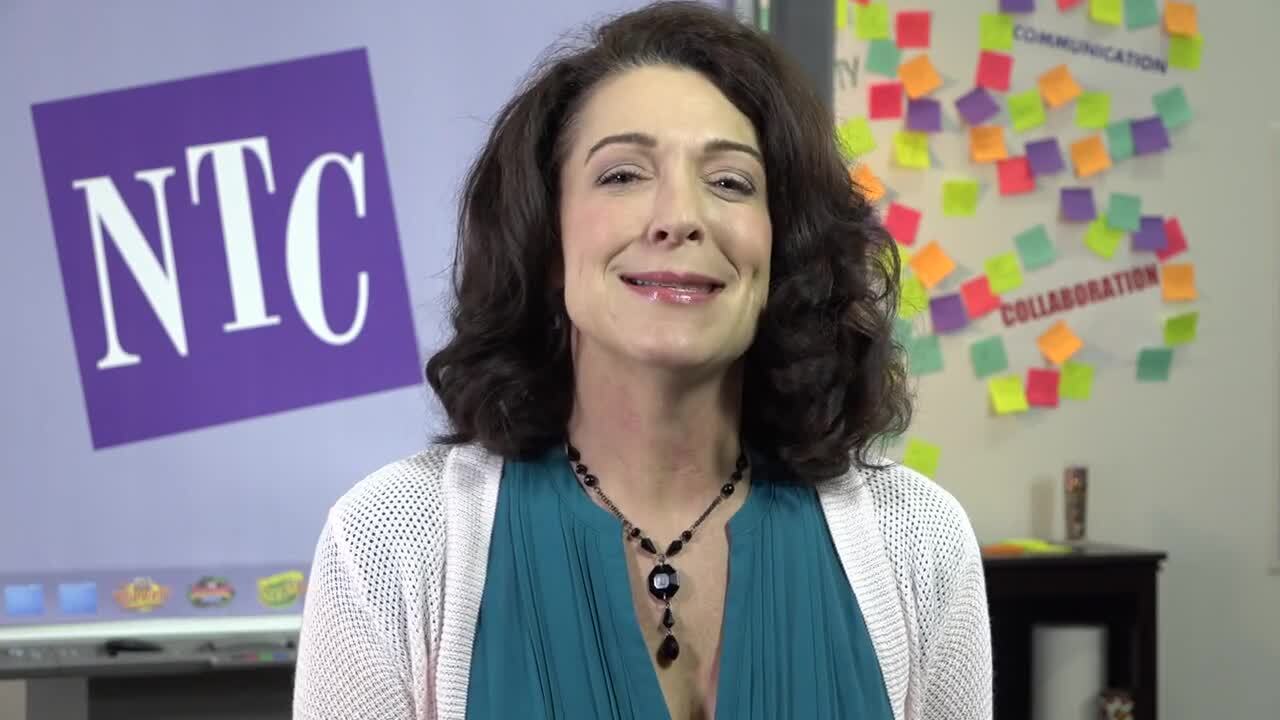Switching to all-electric appliances, heating and transportation is an important step toward a cleaner and more sustainable future. When combined with the use of renewable resources, such as solar and wind power, the benefits are even greater.
Electric appliances, heating and transportation have many benefits for the environment. They are much more energy-efficient than their gas-powered counterparts, which means that they use less energy to do the same job.
However, relying on electric power alone can still have an impact on the environment. That’s why it’s important to also switch to renewable resources such as solar and wind power. These sources of energy are much cleaner and more sustainable than traditional sources like coal and oil. They produce zero emissions and have a minimal impact on the environment.
Renewable energy is also becoming more affordable, which makes it a more viable option for many households and businesses. This means that more people than ever before can switch to renewable energy and make a positive impact on the environment.
Switching to all-electric appliances and heating is a great way to reduce your carbon footprint. Electric heating systems are much more efficient than gas heating systems. This can lead to significant savings on your energy bills over time.
Electric cars produce zero emissions, which means that they do not contribute to air pollution or climate change. This is a big contrast to gas-powered cars, which produce a lot of harmful emissions that contribute to global warming.
When combined with the use of renewable resources, the benefits of electrification are even greater. By relying on electric power and renewable resources, we can reduce our dependence on fossil fuels, cut our carbon footprint and make our world a better place for future generations.







